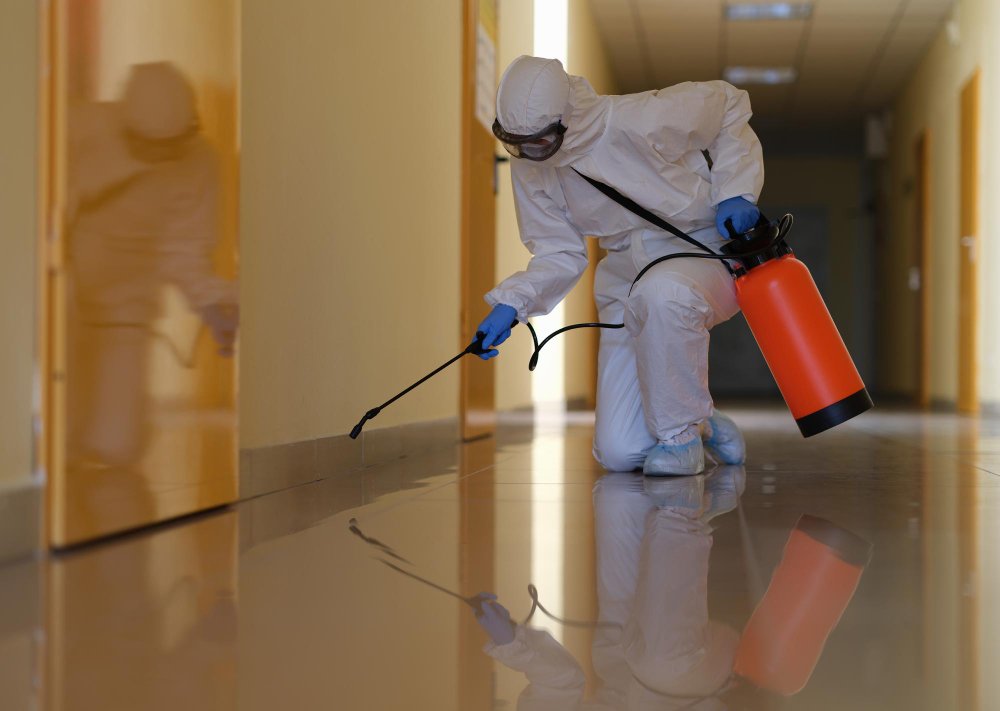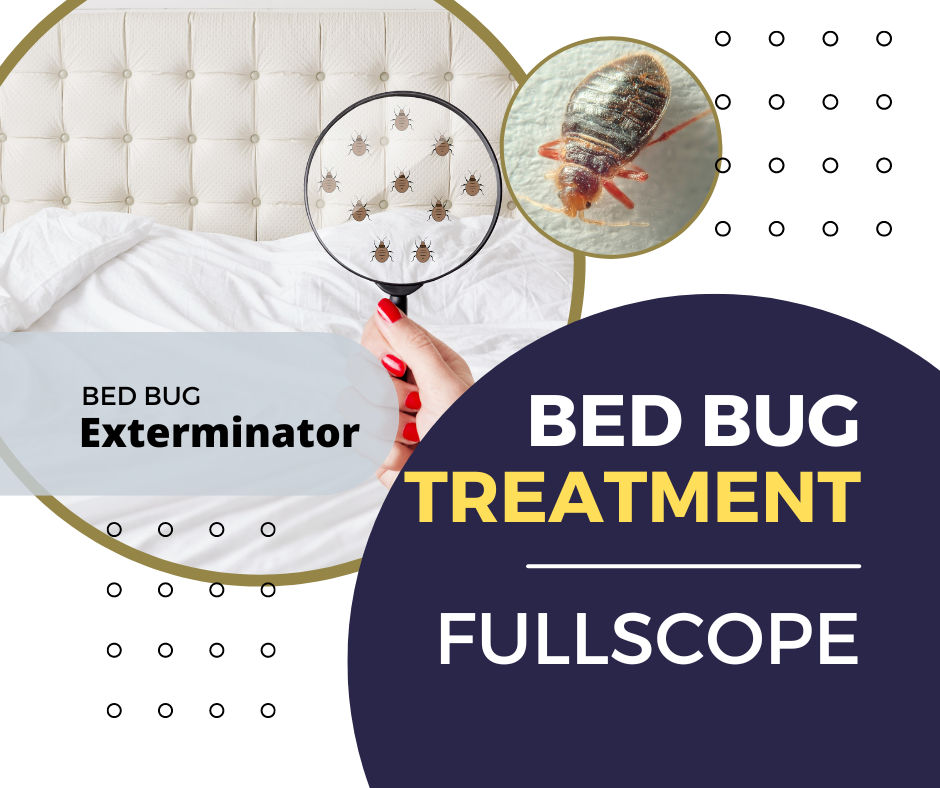Bed Bug Eggs Removal: Expert Solutions to Prevent Reinfestation
Get Enlightened About the Sorts Of Pest Control Techniques and Their Benefits for Property Owners
Comprehending the various pest control methods available to homeowners is important for efficient bug administration. Property owners who are well-informed can make critical selections that not only address bug concerns yet likewise enhance the overall top quality of their living atmosphere.
Chemical Insect Control Methods
Chemical insect control techniques are an important element of incorporated insect monitoring approaches for house owners looking for effective remedies to pest invasions. These methods include the application of chemical materials designed to remove or deter pests that intimidate individual residential property, wellness, and comfort. Usual chemicals utilized consist of insecticides, rodenticides, fungicides, and herbicides, each tailored to target certain bugs.
The primary benefit of chemical parasite control is its fast performance; many formulas give immediate outcomes, decreasing pest populaces considerably quickly. In addition, advancements in chemical formulas have actually caused items that are more eco-friendly and have reduced toxicity levels for non-target organisms when used properly.

Biological Bug Control Techniques
Natural insect control techniques have actually gained importance as house owners look for more secure and more sustainable alternatives to traditional chemical approaches. Biological insect control techniques use all-natural predators, bloodsuckers, or pathogens to manage bug populaces effectively. This technique is not only eco-friendly however likewise reduces the danger of harm to non-target species, including valuable bugs and wildlife.
Among one of the most typical organic control techniques includes introducing all-natural killers into the environment. Ladybugs can be utilized to manage aphid populations, while nematodes target soil-dwelling pests like grubs. Additionally, parasitoids-- microorganisms that reside on or within a host-- can be utilized to control details bug types by laying eggs inside them, eventually causing their demise.
An additional technique is the usage of biopesticides, which are originated from all-natural materials such as minerals, germs, or plants (bed bug exterminator). These products can successfully target insects while positioning marginal danger to humans and animals. In general, organic insect control strategies offer house owners with an efficient ways of pest administration that straightens with environmental concepts, promoting a healthier living setting while decreasing dependence on synthetic chemicals
Mechanical Bug Control Approaches
Mechanical insect control approaches incorporate a range of techniques that physically protect against or eliminate bugs without making use of chemicals. These techniques are especially advantageous for home owners looking for eco-friendly choices while making sure the safety and security of their living spaces.
One typical technique is using barriers, such as internet, catches, and displays, which stop parasites from entering homes or particular areas. Setting up window screens can efficiently keep insects out, while using physical barriers around yards can hinder bigger bugs like bunnies or deer. Furthermore, mechanical traps designed for rats can record and get rid of these parasites without the demand for hazardous compounds.
Another efficient approach involves using vacuums and brooms to get rid of insects directly from surface areas. Routine cleaning and upkeep can significantly decrease insect populaces by removing food sources and concealing areas. Moreover, employing tools like ultrasonic bug repellents can deter numerous bugs through audio waves that are unpleasant to them yet inaudible to humans.
Social Bug Control Practices
Cultural parasite control practices concentrate on modifying the atmosphere and management methods to create problems that are less conducive to pest problems. These methods are fundamental in preserving a well balanced environment and reducing the reliance on chemical interventions. By altering farming practices, home owners can efficiently prevent parasites while promoting plant wellness.
One usual method includes plant turning, which interferes with the life cycles of insects by altering the types of plants this link grown in a certain location (bed bug exterminator). This not just minimizes pest populations however additionally boosts soil health and wellness. In addition, intercropping-- planting diverse crops in proximity-- can confuse bugs and lower their ability to locate their preferred host plants
Water administration is one more critical aspect of cultural practices. Proper irrigation techniques can avoid standing water, which works as a breeding place for mosquitoes and other parasites. Preserving tidiness in and around the home, such as frequently eliminating debris and food waste, can significantly lower parasite tourist attraction.
Integrating these cultural techniques into an bed bug infestation extensive pest monitoring method enables homeowners to develop an atmosphere that normally prevents insects, thereby enhancing the performance of other control approaches while promoting sustainable horticulture and landscaping.

Integrated Pest Management Approaches
Integrated Parasite Monitoring (IPM) stands for an alternative technique that integrates different methods to properly handle insect populations while minimizing ecological effect. This method integrates organic, social, physical, and chemical methods to accomplish sustainable insect control. By analyzing pest populaces and their natural adversaries, IPM highlights monitoring and identifying bugs prior to carrying out control steps.
Among the core concepts of IPM is making use of limits, which establish the degree of bug activity that necessitates intervention. This ensures that therapies are applied just when required, reducing the dependence on chemical pesticides. Biological control techniques, such as introducing all-natural killers or parasites, operate in conjunction with cultural techniques like crop turning and habitat adjustment to disrupt pest life process.
Furthermore, IPM motivates using least-toxic chemical choices when treatment is required, focusing on products that posture minimal danger to non-target organisms and the setting. For homeowners, taking on IPM approaches not just improves the efficiency of insect monitoring yet click now also promotes a much healthier living environment, cultivating biodiversity and reducing chemical exposure. Eventually, IPM encourages homeowners to make informed decisions that stabilize parasite control with eco-friendly responsibility.
Conclusion
In conclusion, recognizing the numerous parasite control methods equips house owners to make educated decisions relating to pest management. Each method-- chemical, organic, mechanical, social, and integrated insect administration-- supplies distinct benefits that provide to different demands and choices.
Recognizing the different pest control methods available to home owners is vital for efficient bug monitoring.Chemical insect control techniques are a critical component of incorporated bug monitoring strategies for homeowners looking for reliable remedies to pest problems. Overall, biological pest control techniques provide homeowners with an efficient means of pest management that aligns with ecological principles, advertising a much healthier living setting while lowering dependence on artificial chemicals.
Cultural pest control practices concentrate on changing the atmosphere and administration methods to create conditions that are much less favorable to pest invasions.In conclusion, recognizing the numerous bug control methods encourages home owners to make enlightened choices relating to pest administration.